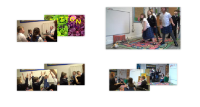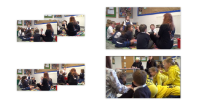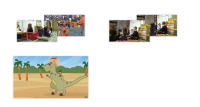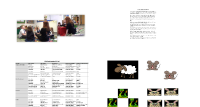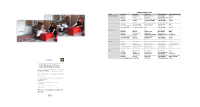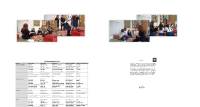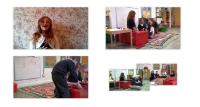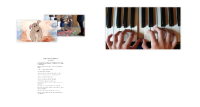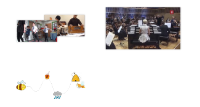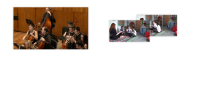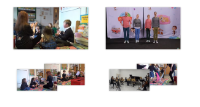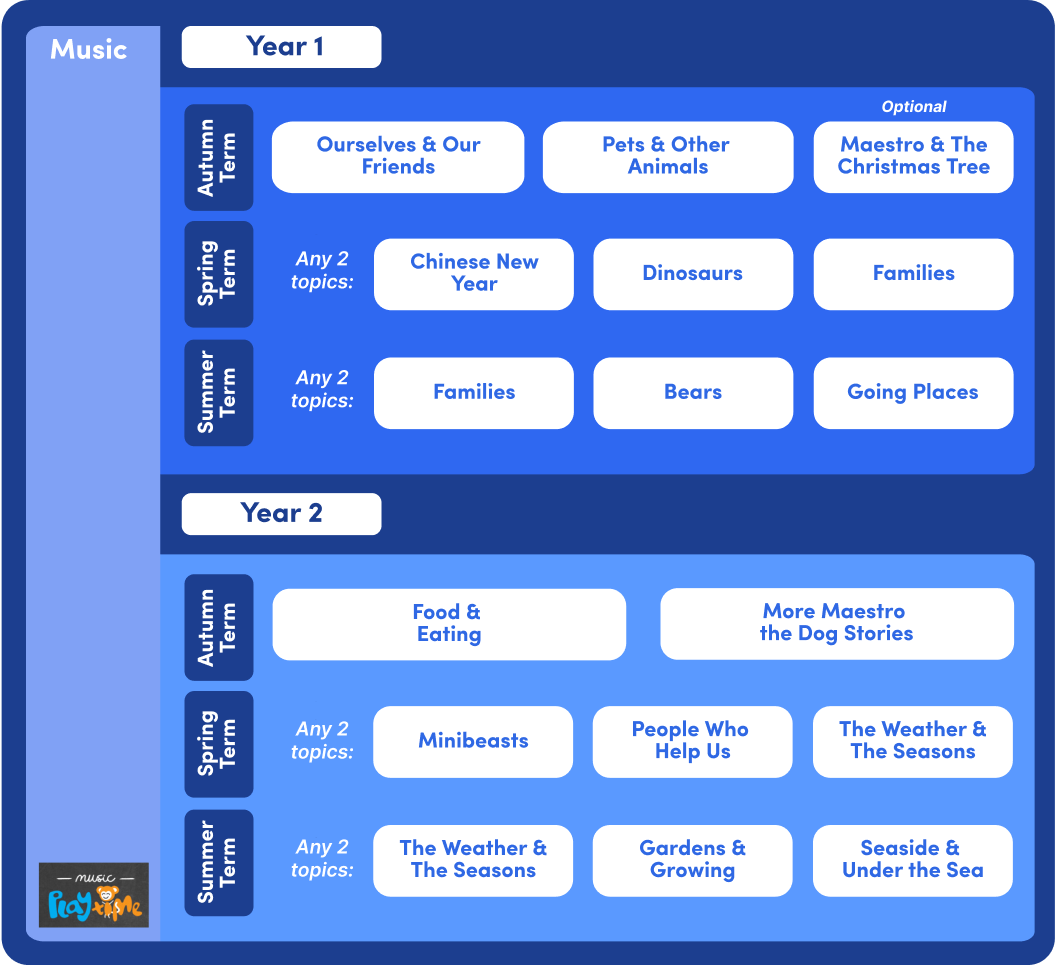Maestro & the Christmas Tree Level: Key Stage 1

Maestro the Dog and the Christmas Tree
First the children need to watch the video. If they followed Music Playtime in Early Years they will have seen it before but it's nice to revisit it and the activities and songs are all different!
Buy the Book here!

- Maestro the Dog and the Christmas Tree book ©E-MusicMaestroPublishing Limited
- Original watercolours and story: Sandy Holland
- Original music: Peter Noke
- Video ©Arts Enterprise Limited
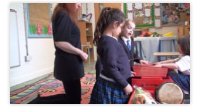
Playing Twinkle Twinkle Christmas Star
Playing 'by ear' is something that all children can try and most will be successful, with a bit of help, at playing songs they know well. I like to do a Christmas version on this song (words below). I love the way that children are so pleased to help each other to play tunes and the 'teacher' child gains as much benefit as the 'pupil'. This is an ideal song to learn to play because it's easy to play and remember if you start on C.
- Twinkle twinkle Christmas star
- Way up high is where you are
- Shining bright for us to see
- On the top of the Christmas tree
- Twinkle twinkle Christmas star
- Way up high is where you are
Maestro the Music Dog
I composed this song specially for the Maestro units so it's also included in the More Maestro Stories section. When you teach it, watch out for correct pitching in the first two lines, which are a bit tricky to begin with. The clapping, the drum playing and the claves playing may be done first by the teacher or by one child, then imitated by a group of children, depending on how many instruments you have. Claves are sticks of wood that are hit together so they are simple to make by sawing up a long, smoothly-rounded piece of wood into same-size pieces and smoothing off the ends with sandpaper
- Maestro the Music Dog
- Come out to play
- All your friends are waiting
- And it's a lovely day
- Maestro the Music Dog
- What can you do?
- I can clap my hands
- Can you clap yours too?
- (teacher claps hands ... children imitate)
- __
- verse 2 similar, with ending: I can play a drum
- Can you play it too?
- __
- verse 3 similar, with ending: I can play the claves
- Can you play them too?
- __
- Song ©Music-Playtime: Arts Enterprise Limited
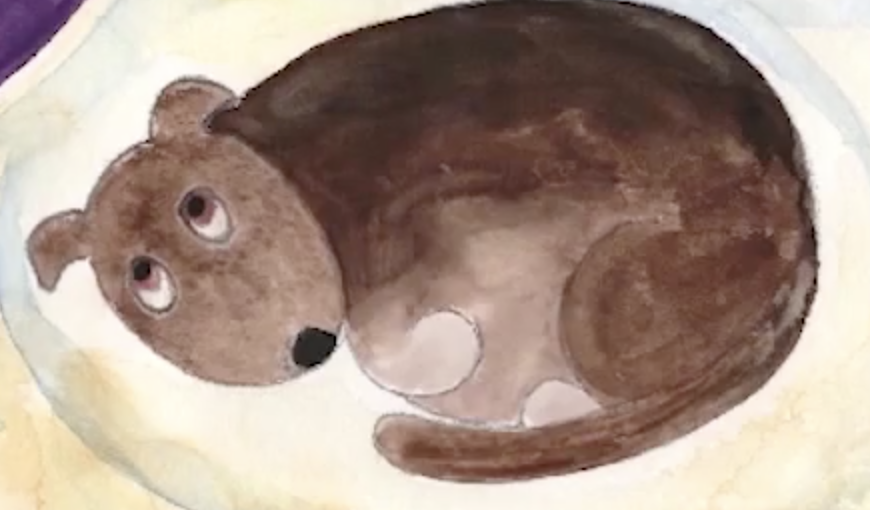
All Maestro the Music Dog materials ©Music-Playtime: Arts Enterprise Limited

Pass the Christmas Bells (pulse)
Passing games are great for practising feeling the pulse of music - that's why I've included several. For this game and you just need one set of jingle bells, like Charlie in the video. Everyone sits in a circle and you all chant the words steadily - it's important that you and any other adults also sit in the circle and join in. On the words in CAPITALS, everyone taps their knees. Knee tapping is easier for children to manage in time than clapping hands, and it's clearer to demonstrate too.
- PASS the Christmas BELLS
- TAP your knees TOO
- MAKE the bells JINgle when they
- GET TO YOU!
The bells are passed round and the children all tap their knees except when they are passing the bells (this does work!). The child who has the bells on the words GET TO YOU jingles the bells, then you begin again. Before y0u start again, say 'Ready!' so you can all begin at the same time.
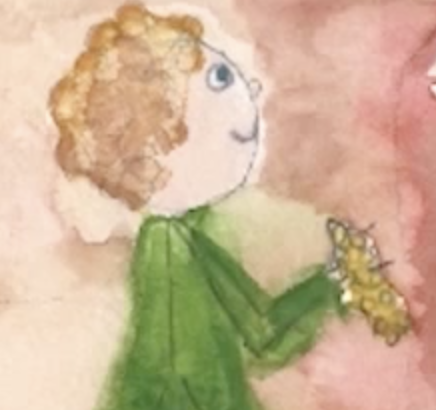
Compose a Christmas Song! (pulse, rhythm, pitch)
Here's an easy way to make up a song.
First everyone practise tapping knees in time with the words - you will need to model this using big movements to help everyone to get the idea. Tap every time you see a paw print:

Making up a tune needs to be done individually with a xylophone or chime bars. Some children will spontaneously sing the words to a made-up tune. For others, you could try these next steps:
- Put out a maximum of 4 chime bars - C, D, E and G
- The child experiments with playing notes while saying the words, to make up a tune
- After lots of practice, make a recording of the song
Hint - It's really important to limit the number of chime bars otherwise the song will not be singable. Encourage the inclusion of some repeated notes in the tune, like in the song Old MacDonald.
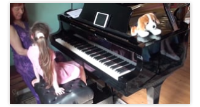
Making Up Maestro Music! (uses all the elements of music)
Any child can experiment with choosing notes on a piano, keyboard or tuned percussion instrument for making up their own, original music. In this video, Luchia had only just started piano lessons and was making up music to represent some of the themes in a Maestro story. At the end she sings a lovely little lullaby to Maestro that she spontaneously made up there and then. None of what Luchia plays in this video has been is pre-rehearsed - it all took place as you see it.
If you have a school piano or keyboard, you could replicate parts of this video with individual children. A good take-away idea for guiding children in making up music is to ask them to use repetition of ideas and notes rather than playing a continuously changing stream of experimentation.
What did Hannah play? (pitch)
This is a music corner activity for pairs of children helped by an adult. Each child needs chime bars or a xylophone to pick out the first part of a Christmas tune they know (or any other tune).
Prepare to help the children by asking what songs they know beforehand. Do keep it simple - for example, everyone is likely to succeed with the first line of Jingle Bells but not with And So This is Christmas! We wish You a Merry Christmas and We Three Kings are popular choices.
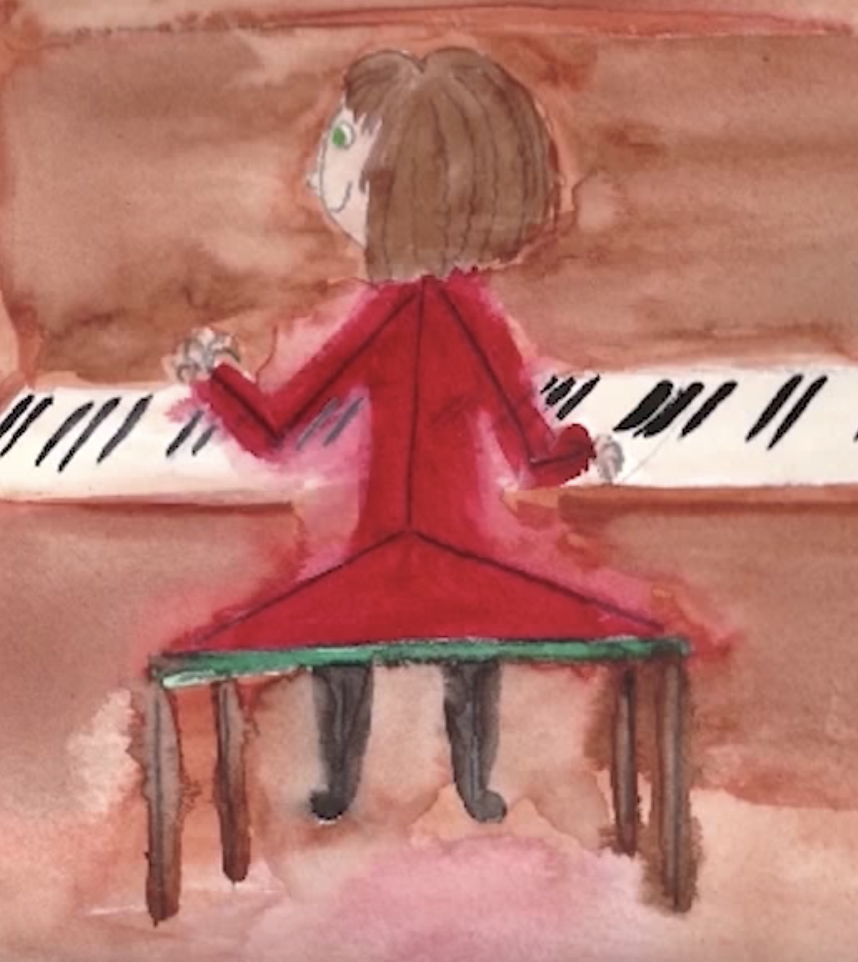
Motifs (timbre, dynamics)
For this activity you could optionally use the book of Maestro the Dog and the Christmas Tree.
Each character of the story has a 'signature tune' in the video. In groups, the children go to the music corner and choose an instrument to represent each of the characters in the story (this is where the book could help them to remember). This works best if an adult is there to act as a sounding board and new-word-supplier for the choices eg would the elephant make a loud sound or a quiet one? Would it be more suited to a big drum or a tiny pair of Indian bells, and why?
If you are using the book, the adult reads the story again with the children supplying the sounds they chose, at appropriate times in the story.

A note on creativity
Picking out a tune you already know is generally called playing by ear. It's different from improvising, which means spontaneously making up music, often using a planned framework. It's also different from composing, which is making up your own original music from scratch resulting in a definite, end-product piece of music. I've found, when teaching adults, that their default response to being asked to make up music is that they try to play a tune they already know whereas children are happy to doodle around and come up with something original. If the children aimlessly play the bars of a xylophone up and down again, influence their choices by removing some of the bars and keeping just C, D, E, G and A (a pentatonic scale). You'll find that the quality of their creation improves through using fewer notes. On a piano you can create the same effect by asking the children to use only the black keys.

Spot the Motif! (pitch, tempo, timbre)
The children need to watch the video again, then listen to the extracts without seeing the video, and say which tune goes with which character in the story. This is an opportunity to talk about the music too: Which instrument is playing (piano)? Is the music high or low pitched? Fast or slow? Here are the pictures:
The Pretty Black and White Cow
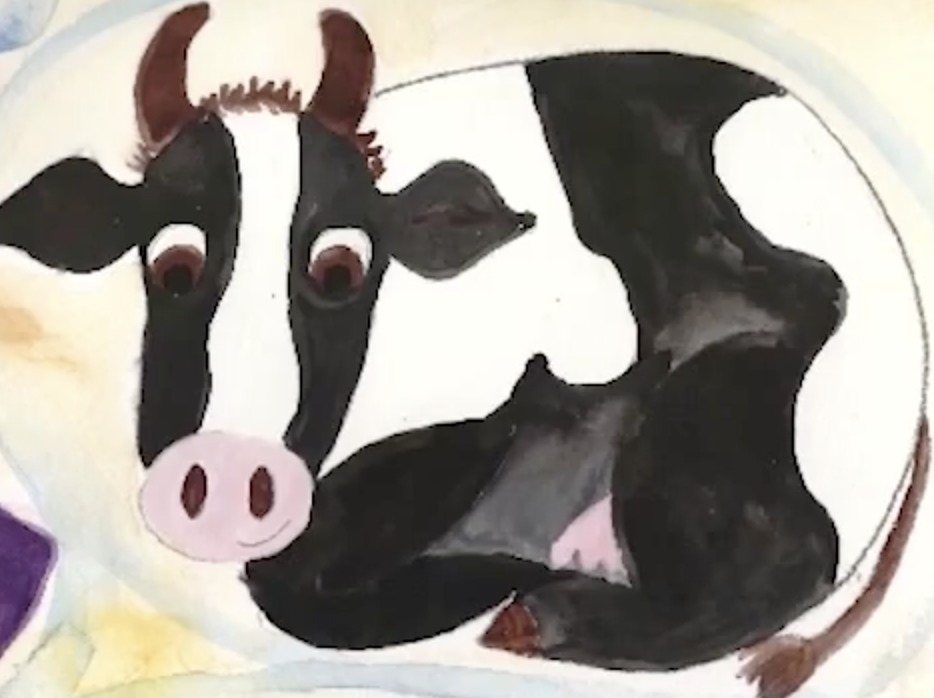
The Smiling Ginger Cat

Maestro the Dog
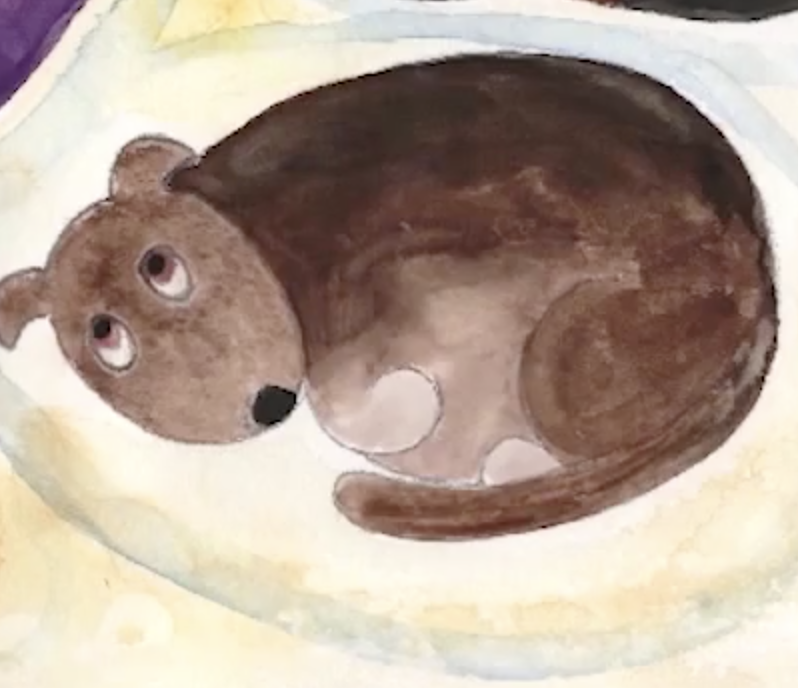
The Wizard with the Long Beard

The Answers
- Tune 1 a) Maestro the Dog
- Tune 2 b) Pretty Black and White Cow
- Tune 3 c) The Wizard with the Long Beard
- Tune 4 d) The Smiling Ginger Cat
The Hare and the Christmas Fairies (texture, timbre)
This is a group activity for the music corner. First the children look at the picture and describe who is there - the fairies seem to have found a friendly hare! The time of year seems to be winter so maybe it's Christmas!
The children go to the music corner in small groups and find instruments that can 'be' the hare and the fairies. They then explore how the instruments can be played to make a sound picture of a hare with fairies dancing round it. Sometimes the instruments might be played together and sometimes separately, making different textures. Don't worry if this seems like a difficult stretch of the imagination to you - if you give children the means to make sounds and suggestions to play with, they will always be creative.


Plan a Party
The children have to plan a Christmas party for Hannah and her family, including Maestro the Dog. This is the To Do list:
- Make a shopping list for the food and find out how much everything costs.
- Make a table decoration and placemats.
- Make a picture-plan of where everyone will sit at the table.
- Decide which games they will enjoy and play one of them.
- Decide which music to play - the children could make it up specially!
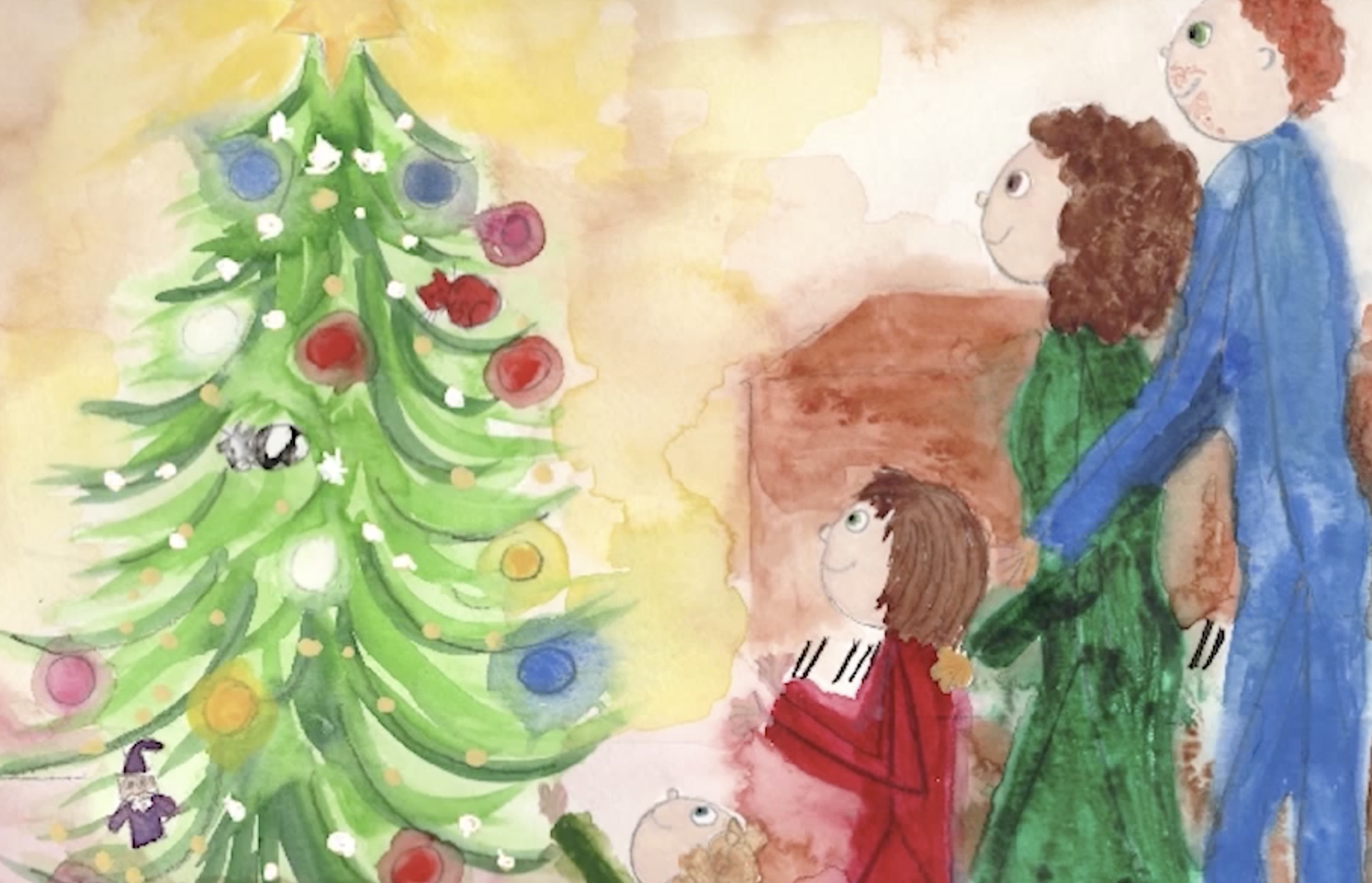
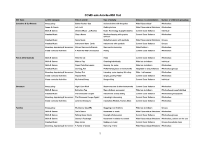

Maestro the Dog and the Christmas Tree
First the children need to watch the video. If they followed Music Playtime in Early Years they will have seen it before but it's nice to revisit it and the activities and songs are all different!
Buy the Book here!

- Maestro the Dog and the Christmas Tree book ©E-MusicMaestroPublishing Limited
- Original watercolours and story: Sandy Holland
- Original music: Peter Noke
- Video ©Arts Enterprise Limited

Playing Twinkle Twinkle Christmas Star
Playing 'by ear' is something that all children can try and most will be successful, with a bit of help, at playing songs they know well. I like to do a Christmas version on this song (words below). I love the way that children are so pleased to help each other to play tunes and the 'teacher' child gains as much benefit as the 'pupil'. This is an ideal song to learn to play because it's easy to play and remember if you start on C.
- Twinkle twinkle Christmas star
- Way up high is where you are
- Shining bright for us to see
- On the top of the Christmas tree
- Twinkle twinkle Christmas star
- Way up high is where you are
Maestro the Music Dog
I composed this song specially for the Maestro units so it's also included in the More Maestro Stories section. When you teach it, watch out for correct pitching in the first two lines, which are a bit tricky to begin with. The clapping, the drum playing and the claves playing may be done first by the teacher or by one child, then imitated by a group of children, depending on how many instruments you have. Claves are sticks of wood that are hit together so they are simple to make by sawing up a long, smoothly-rounded piece of wood into same-size pieces and smoothing off the ends with sandpaper
- Maestro the Music Dog
- Come out to play
- All your friends are waiting
- And it's a lovely day
- Maestro the Music Dog
- What can you do?
- I can clap my hands
- Can you clap yours too?
- (teacher claps hands ... children imitate)
- __
- verse 2 similar, with ending: I can play a drum
- Can you play it too?
- __
- verse 3 similar, with ending: I can play the claves
- Can you play them too?
- __
- Song ©Music-Playtime: Arts Enterprise Limited

All Maestro the Music Dog materials ©Music-Playtime: Arts Enterprise Limited

Pass the Christmas Bells (pulse)
Passing games are great for practising feeling the pulse of music - that's why I've included several. For this game and you just need one set of jingle bells, like Charlie in the video. Everyone sits in a circle and you all chant the words steadily - it's important that you and any other adults also sit in the circle and join in. On the words in CAPITALS, everyone taps their knees. Knee tapping is easier for children to manage in time than clapping hands, and it's clearer to demonstrate too.
- PASS the Christmas BELLS
- TAP your knees TOO
- MAKE the bells JINgle when they
- GET TO YOU!
The bells are passed round and the children all tap their knees except when they are passing the bells (this does work!). The child who has the bells on the words GET TO YOU jingles the bells, then you begin again. Before y0u start again, say 'Ready!' so you can all begin at the same time.

Compose a Christmas Song! (pulse, rhythm, pitch)
Here's an easy way to make up a song.
First everyone practise tapping knees in time with the words - you will need to model this using big movements to help everyone to get the idea. Tap every time you see a paw print:

Making up a tune needs to be done individually with a xylophone or chime bars. Some children will spontaneously sing the words to a made-up tune. For others, you could try these next steps:
- Put out a maximum of 4 chime bars - C, D, E and G
- The child experiments with playing notes while saying the words, to make up a tune
- After lots of practice, make a recording of the song
Hint - It's really important to limit the number of chime bars otherwise the song will not be singable. Encourage the inclusion of some repeated notes in the tune, like in the song Old MacDonald.

Making Up Maestro Music! (uses all the elements of music)
Any child can experiment with choosing notes on a piano, keyboard or tuned percussion instrument for making up their own, original music. In this video, Luchia had only just started piano lessons and was making up music to represent some of the themes in a Maestro story. At the end she sings a lovely little lullaby to Maestro that she spontaneously made up there and then. None of what Luchia plays in this video has been is pre-rehearsed - it all took place as you see it.
If you have a school piano or keyboard, you could replicate parts of this video with individual children. A good take-away idea for guiding children in making up music is to ask them to use repetition of ideas and notes rather than playing a continuously changing stream of experimentation.
What did Hannah play? (pitch)
This is a music corner activity for pairs of children helped by an adult. Each child needs chime bars or a xylophone to pick out the first part of a Christmas tune they know (or any other tune).
Prepare to help the children by asking what songs they know beforehand. Do keep it simple - for example, everyone is likely to succeed with the first line of Jingle Bells but not with And So This is Christmas! We wish You a Merry Christmas and We Three Kings are popular choices.

Motifs (timbre, dynamics)
For this activity you could optionally use the book of Maestro the Dog and the Christmas Tree.
Each character of the story has a 'signature tune' in the video. In groups, the children go to the music corner and choose an instrument to represent each of the characters in the story (this is where the book could help them to remember). This works best if an adult is there to act as a sounding board and new-word-supplier for the choices eg would the elephant make a loud sound or a quiet one? Would it be more suited to a big drum or a tiny pair of Indian bells, and why?
If you are using the book, the adult reads the story again with the children supplying the sounds they chose, at appropriate times in the story.

A note on creativity
Picking out a tune you already know is generally called playing by ear. It's different from improvising, which means spontaneously making up music, often using a planned framework. It's also different from composing, which is making up your own original music from scratch resulting in a definite, end-product piece of music. I've found, when teaching adults, that their default response to being asked to make up music is that they try to play a tune they already know whereas children are happy to doodle around and come up with something original. If the children aimlessly play the bars of a xylophone up and down again, influence their choices by removing some of the bars and keeping just C, D, E, G and A (a pentatonic scale). You'll find that the quality of their creation improves through using fewer notes. On a piano you can create the same effect by asking the children to use only the black keys.

Spot the Motif! (pitch, tempo, timbre)
The children need to watch the video again, then listen to the extracts without seeing the video, and say which tune goes with which character in the story. This is an opportunity to talk about the music too: Which instrument is playing (piano)? Is the music high or low pitched? Fast or slow? Here are the pictures:
The Pretty Black and White Cow

The Smiling Ginger Cat

Maestro the Dog

The Wizard with the Long Beard

The Answers
- Tune 1 a) Maestro the Dog
- Tune 2 b) Pretty Black and White Cow
- Tune 3 c) The Wizard with the Long Beard
- Tune 4 d) The Smiling Ginger Cat
The Hare and the Christmas Fairies (texture, timbre)
This is a group activity for the music corner. First the children look at the picture and describe who is there - the fairies seem to have found a friendly hare! The time of year seems to be winter so maybe it's Christmas!
The children go to the music corner in small groups and find instruments that can 'be' the hare and the fairies. They then explore how the instruments can be played to make a sound picture of a hare with fairies dancing round it. Sometimes the instruments might be played together and sometimes separately, making different textures. Don't worry if this seems like a difficult stretch of the imagination to you - if you give children the means to make sounds and suggestions to play with, they will always be creative.


Plan a Party
The children have to plan a Christmas party for Hannah and her family, including Maestro the Dog. This is the To Do list:
- Make a shopping list for the food and find out how much everything costs.
- Make a table decoration and placemats.
- Make a picture-plan of where everyone will sit at the table.
- Decide which games they will enjoy and play one of them.
- Decide which music to play - the children could make it up specially!


